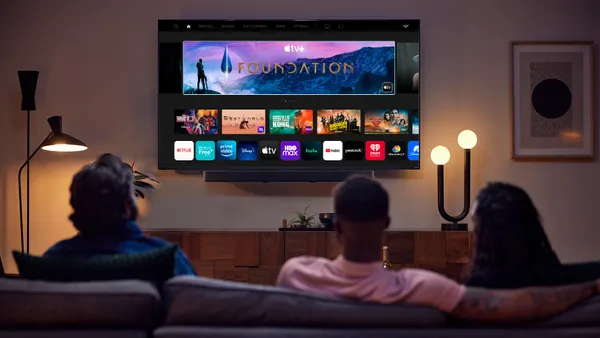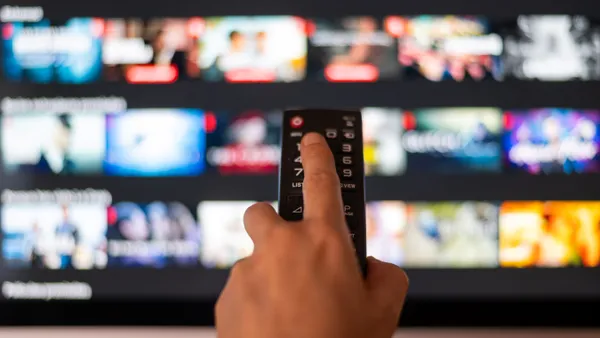Even in an era of more precise targeting and personalization, 44% of American consumers feel “ignored” by most advertisers, according to recent data from iHeartMedia and Pushkin Industries. Those feeling the most ignored tend to be White, suburban consumers making over $100,000 a year, which may run counter to the assumptions of some marketers.
“These consumers are urban, suburban and rural. They tend to skew more Caucasian and slightly higher income, but it is a larger pool of potential consumers who feel brands are not showing up in the media they consume and not understanding or reflecting their beliefs/priorities,” said Gayle Troberman, CMO of iHeartMedia in an email.
The research, which was presented at AudioCon 2024, is based on a review of several surveys. A survey from Morning Consult was issued online and conducted between May 3-5, 2024, receiving responses from 2,202 consumers. Critical Mass Media conducted its survey online between May 30 and June 2, 2024, with responses from 1,651 consumers. On the marketing side, Advertiser Perceptions conducted its survey between May 7-13, 2024 and received 237 responses. All of those surveyed by Advertiser Perceptions were media buyers with a minimum annual ad spend of $1 million.
The ignored consumer paradox
Those who fall into the “ignored consumer” category are overwhelmingly White, with 63% of the group identifying this way. Hispanic consumers made up the second largest segment at 17%, while Black consumers made up 15% and 6% identified as Asian. When it came to consumers who don’t feel ignored, 58% reported to be White, 22% identified as Black, 13% identified as Hispanic and 4% identified as Asian.
By location, 40% of ignored consumers live in suburban areas, 32% in urban areas and 27% in rural areas. The breakdown for non-ignored consumers was similar, with 40% living in suburban areas, 38% in urban areas and 22% in rural areas.
For marketers who are able to reach consumers who feel overlooked, there are potentially big rewards. A large majority of ignored consumers (75%) indicated they would rather shop at a store with the same values as themselves and the same percentage said they would pay more to support a brand with the same values. Seventy-two percent indicated they do not want to purchase from brands who ignore them.
“Marketers tend to be youth obsessed and while building next gen customers is important, for many brands you need to reach broader audiences to find incremental growth. The simplest way to get there may be to add more affordable mass reach media to your mix and see which audiences engage,” said Troberman.
From me to you
While marketers may assume targeting and personalization can help reach “ignored consumers,” the numbers suggest such efforts may not be having the intended effect. Sixty-eight percent of consumers reported that they hate being trailed by targeted ads and are twice as likely to hate personalization via artificial intelligence. Despite such ambivalence, $9.5 billion is projected to be spent on personalization and hyper-targeting this year.
The values of marketers and consumers also vary significantly, which may be causing a disconnect. For example, twice as many consumers list religion as a top priority compared to marketers. Law and order was another area of disagreement, with 1.75 times the number of consumers listing it as a top value compared to marketers.
“And while everyone cares about family, safety and health the average consumer cares much more about law and order, religion and freedom of speech,” said Troberman. “Yet they don’t see their values reflected back in many of our media and creative choices.”














